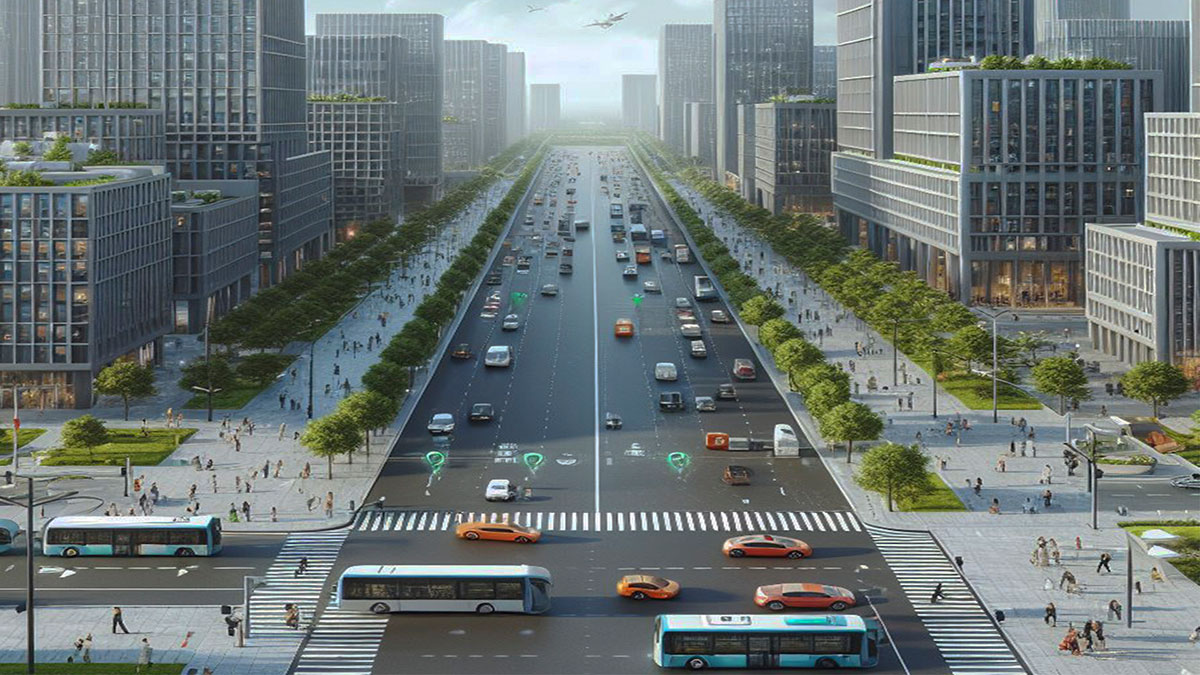The Building Information Modelling (BIM) methodology, in addition to architecture and building construction, is also useful as a management system for smart cities. It enables cities to deal more effectively with challenges such as population growth, the need for new infrastructure and its environmental impact.
Whatever its scale, the implementation of the BIM methodology in any project allows the model of the structures to be analysed before their actual construction, so that this is carried out with maximum precision, with minimum errors and without loss of information. At the same time, thanks to its ability to simulate various scenarios and clearly visualise the impact of design decisions, urban planners can evaluate them before they are implemented. This process results in more conscious urban planning and the most efficient use of resources.

Indeed, through detailed modelling of urban infrastructures, energy use, water management and other environmental aspects are checked. This reduces the ecological impact of cities and makes them more sustainable. At the same time, BIM methodology facilitates effective collaboration between architects, engineers, builders and city managers in the different aspects of planning and construction.
In smart cities, BIM does not operate in isolation, but is integrated with smart technologies such as IoT (Internet of Things) sensor systems, data analytics and augmented reality. With this interconnected urban ecosystem, cities respond dynamically to citizens’ needs and adapt to future challenges.
Finally, even after construction, smart city infrastructures benefit from the BIM methodology in the maintenance and management chapters. By providing detailed information about the infrastructure, it facilitates preventive maintenance and reduces downtime. In addition, BIM methodology provides valuable information in emergency situations, or in refurbishment works, for quick and efficient interventions.
By David González Molina, BIM Manager at Amusement Logic’s Architecture Dept.
RELATED STORIES
Newsletter



